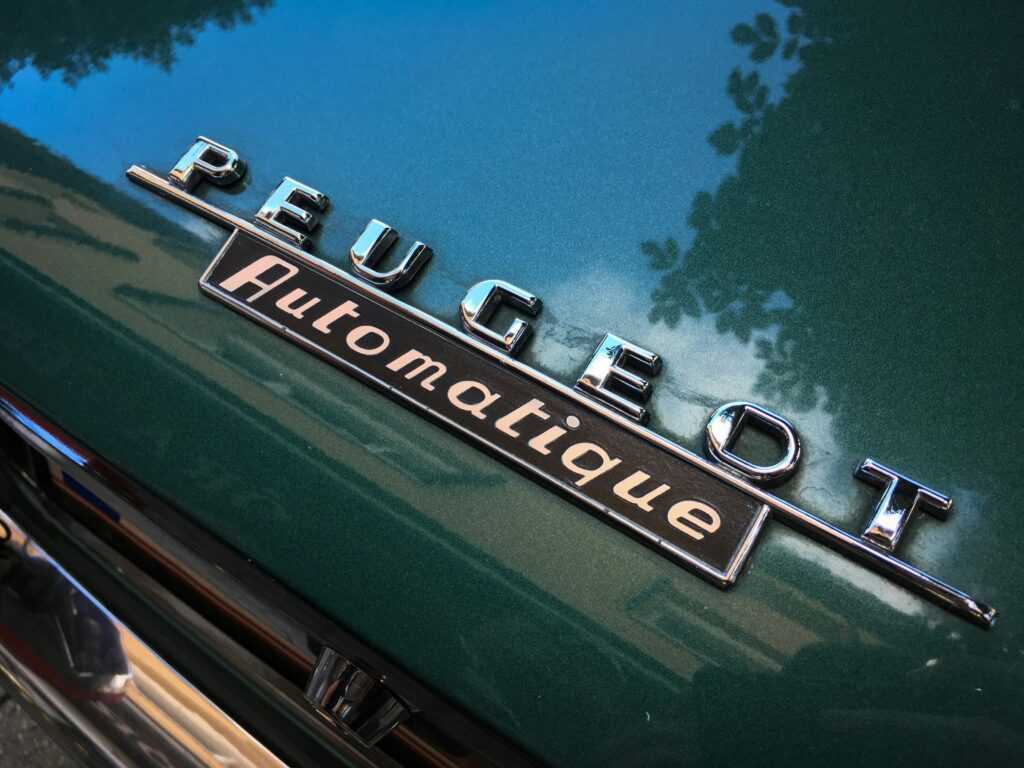What’s Fueling the Surge in Auto M&A?
A perfect storm is pushing automakers to join forces. Global demand is shifting fast especially in emerging markets and tech disruption isn’t slowing down. Companies that once competed aggressively are now finding strength in consolidation. It’s not about getting bigger for the sake of it. It’s about staying alive in a business that’s becoming more capital intensive by the day.
Electric vehicle competition is speeding things up. To survive in the EV arms race, legacy automakers need battery tech, software talent, and global distribution fast. That’s led to a wave of strategic acquisitions and unlikely partnerships. It’s less rivalry, more alliance. Everyone’s playing a long game, but the clock’s ticking.
And then there’s supply chain resilience. After years of chip shortages and logistics nightmares, companies are learning the hard way: control more pieces of the puzzle, or pay the price. M&A is becoming a survival strategy to lock in suppliers, build redundancy, and ride out future disruptions.
The result? A reshaped auto landscape where size, speed, and smart integration matter more than tradition.
Key Mergers You Should Know

Three recent deals have sent clear signals across the auto industry.
First: Stellantis acquiring a majority stake in autonomous tech startup AImotive. This one’s less about scale and more about brains. Stellantis wants to sharpen its edge in driver assistance and full autonomy. The IP and machine vision tech gained here could ripple into everything from commercial vans to luxury EVs across its brands.
Second: Hyundai’s quiet but decisive acquisition of a controlling interest in Rimac’s EV battery division. The move gives Hyundai access to high performance battery architecture, which isn’t just relevant for sportscars it helps compress EV charging times industry wide. Expect this to bleed into Hyundai’s consumer lines fast.
Third: Volvo Group expanding its EV truck remit by merging with U.S. freight tech firm NovaDrive. It’s a bid to dominate the long haul electric commercial space. This isn’t flashy, but it’s huge. Tesla gets the buzz with Semi, but Volvo is now banking on infrastructure, logistics partnerships, and fleet AI.
Sector wise? Luxury shops are racing for battery exclusivity, commercial players want scale and dependability, and in the middle of it all, whoever controls the tech wins.
Read the full scoop on the latest mergers unveiled
What This Means for Consumers and Investors
Mergers in the auto industry don’t just move stock prices they shift the entire consumer landscape. Pricing is the first flashpoint. Consolidated automakers may reduce overlapping models or, in some cases, increase prices due to less competition. At the same time, more efficient supply chains and scale could mean better access to EVs or newer models that were previously regional.
Model availability is also getting tighter. Some brands may retire lower margin lines in favor of electric flagships or tech heavy vehicles. We’re already seeing signs: fewer entry level gas models, more crossovers, more hybrid variants. If you’re hoping for variety at the lot, expect fewer options and more curated lineups.
On the investment side, capital is pouring into battery factories, software stacks, and autonomous platforms. VC and institutional money are clustering around EV ecosystems not just carmakers, but parts suppliers, battery startups, and AI firms feeding into the vehicle tech pipeline. If you follow the capital, the message is clear: traditional combustion is fading; software and scalability are in.
Brand loyalty? It’s being tested. Mergers tend to blur identity. A diehard fan of one badge might not feel the same when it shares DNA or dashboards with a former rival. The smart brands are working overtime to maintain storylines, culture, and design language. But loyalty isn’t as sticky as it once was. Consumers are now following tech, service, and values more than just a logo.
The Road Ahead
Consolidation in the automotive world isn’t slowing down if anything, it’s shifting into a higher gear. As we move toward 2025, the need for scale, proprietary tech, and supply chain control is pushing more players to either acquire or get acquired. For legacy automakers, the pressure to stay relevant in the EV space is forcing aggressive moves. For startups, survival usually means finding a bigger partner.
Expect more deals focused on batteries, autonomous driving software, and last mile mobility. Companies with unique IP or solid infrastructure will be prime targets. On the radar: battery startups with scalable chemistry, AI navigation firms, and ride share platforms that can plug into an autonomous future.
The question for 2025 isn’t if consolidation will continue it’s who controls the narrative when the dust settles. Hungry capital, growing regulation, and lightning fast innovation don’t leave much time for hesitation.
For in depth analysis, don’t miss the breakdown: latest mergers unveiled.




